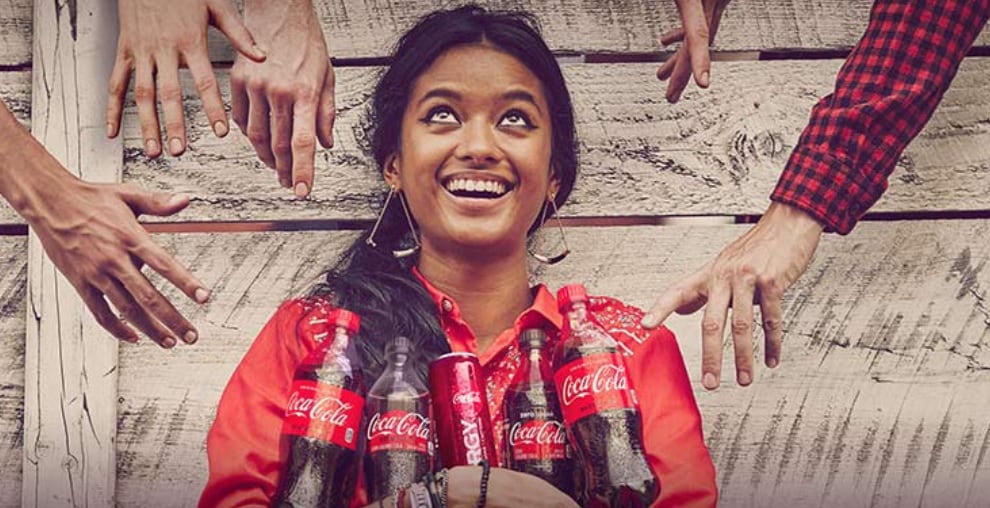Reflecting on several high-profile innovations launched, tweaked and relauched or repositioned by Coca-Cola Co. in the past three years, CEO James Quincey reiterated his previous belief in the importance of agility, embracing an iterative process and seizing opportunities with speed. But, he added, those also must be balanced with discipline to fuel long-term success for the overall company.
“Part of what we have learned over the last three years … [is] we need both discipline and agility. Sometimes, they can be seen as competing against each other. But they work together when they drive a learning cycling,” he said.
He explained that to justify the cost of innovation, companies – including his own – must “strike that balance between the agility to diverge and find and experiment, and yet [also] the discipline to converge around the answers that are going to generate scale, market share and, therefore, the economics and the margin that will drive scale.”
If an innovation cannot reach a scale that justifies the investment, then it might not be worth pursuing, he added, noting if, “in the end, if it’s only incremental, it is at the risk of being all churn and adding no total momentum to the business.”
To avoid this and bring to market new products “that are truly disruptive and are ultimately capable of adding material scale to the company,” The Coca-Cola Co. first focuses on whether an innovation can bring in new consumers, engage current consumers more frequently or offer the company a pricing benefit, Quincey said.
An example of how The Coca-Cola Co. has balanced agility and discipline to offer boundary-defying or category changing innovation was with the recent launch of Coke Energy, Quincey said.
While he acknowledged the timing of the launch was less than ideal as it came only a few months before the pandemic was declared, he said the launched exemplified the delicate balance of agility and discipline by making an existing trademark more appealing to more consumers of the Coke brand.
Another example was the launch of the company’s sparkling water line AHA, which saw double-digit retail value share in the first 18-20 weeks, Quincey said.
Successful innovation isn’t always as glamorous as a new brand or new product launch, Quincey added. Sometimes it is more functionally focused – such as new pack sizes or designs.
In Japan, for instance, most beverages are sold in 500 milliliter packages, but by breaking that boundary and offering a 700 or 300 milliliter option “we can add an extra dimension … and really create value even within the same brand,” Quincey said.
Innovation must benefit retailers & business partners
While offering true value for end consumers is essential for a food or beverage innovation’s success, so too is offering value to company business partners or customers, added Quincey.
“There are two objectives which we look through the Coke system business. One is the consumer and the consumers’ interests. The other is the customer,” he said.
He explained: “We have got to provide the portfolio brands that consumers want and we need to start from what we know in how to do best, but our business system and our bottlers sell those brands to customers in channels. And we also want them to be the best possible beverage partner to those customers. And in some channels and countries, that means a broader portfolio than necessarily the one we automatically have, even when we start with consumers.”
Looking at innovation and business development through this lens is how the manufacturer of soft drinks has begun tiptoeing into the hard beverage category.
“Over the years and decades in the past, we have teamed up with people in different ways. Brewers have often been a beverage partner for us in different parts of the world, because in those countries either the scale of the distribution is underdeveloped or the nature of the marketplace is such that working together on the bottling front allows us to present a portfolio to the customer or to have the economics of distribution system that has more advantage than just the Coke brand,” he explained.
As such, he added, “we have seen opportunities at the intersection of the consumer-first optic and the local customer or channel comparative-optic where actually alcohol make sense.”
An example is Coca-Cola’s recently declared commitment to explore hard seltzer, likely as an extension of this successful Topo Chico sparkling mineral water line, which the company claims in a statement has been popular with many mixologists.
Ultimately though, he said, any innovation that Coca-Cola ultimately brings to market will “obey the logic both of this looking through the consumer lends, looking through the customer [lens],” and offer economies of scale that befit a company the size of The Coca-Cola Co. to help it gain a leadership position.



